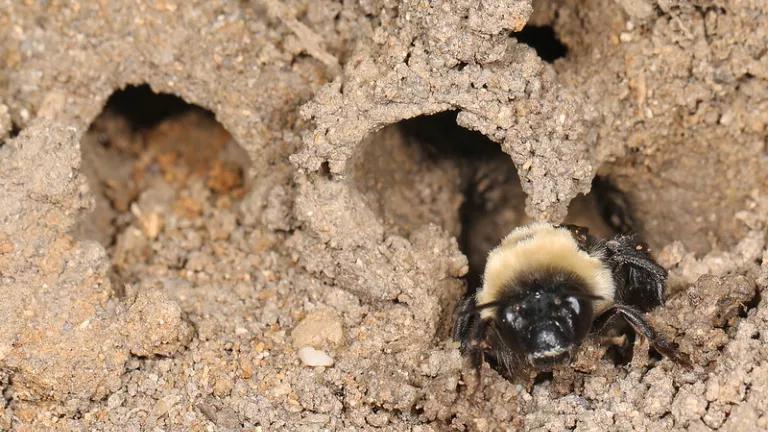How Widespread Logging in Canada Is Escaping Scrutiny

Addressing the threat of climate change is a significant concern for Americans and Canadians, and climate scientists have stressed that protecting global forests is as urgent as stopping fossil fuel use. Wildlife loss is happening at an astonishing rate: species’ populations have declined by an average of 60 percent since 1970, with habitat loss as a key driver. Thus it has been alarming for many North Americans to learn that, even in the face of these environmental crises, Canada’s boreal forest is being logged at an unsustainable rate and many of its trees are being turned into throwaway products like toilet paper. Moreover, Canada’s curated image as a model of sustainable forestry is undercut by the evidence that the country’s ongoing loss of intact forest landscapes is only exceeded by Russia and Brazil.
Yet Canada’s forest degradation has largely managed to fly under the radar of international scrutiny. One key reason is because Canada asserts that its logged forests are regenerated. The government states, “A forest that has been harvested is still a forest.” Canada’s talking points on regeneration mirror those of powerful industry groups, who have long stated that 100 percent of harvested forests are regrown.

But what are the threats of a pollyannaish forestry policy that allows rapid clearcutting in the hope that it will all return to forest?
Rapid Forest Degradation
Forest restoration can be an important means of rehabilitating degraded forests. It’s dangerous, however, when the assurance of forest regeneration is used as a justification for massive-scale industrial logging.
In recent years, Canada has had the third highest rate of intact forest landscape loss in the world, behind only Russia and Brazil. North America’s boreal region has some of the lowest intact forest protections in the world; and Canada ranks last among G7 countries in percentage of its lands protected. Canada’s government boasts that in 2016 alone, 766,659 hectares of Canada’s forest were logged. That’s an area larger than Banff National Park. Industrial development in the boreal forest has caused populations of boreal caribou—regarded as an “indicator” of the health of the boreal forest—to rapidly decline. Provinces have blatantly ignored their mandate to protect caribou habitat in the boreal forest, despite the fact that boreal caribou habitat is disappearing so quickly scientists say they are in danger of becoming extinct.
But don’t worry, powerful trade groups say, the forests will all grow back.
Yet there are significant threats in this forest management approach. Firstly, Canadian boreal site visits are starting to indicate that large parts of clearcuts logged decades ago are not renewing. If these observations are consistent in other areas of the boreal forest, it would suggest that Canada is significantly understating the amount of deforestation it reports. Secondly, even when forests are regenerated, there is not evidence they are returning with the same biodiversity, carbon storage benefits, and other ecosystem services.
Clearcutting can negatively alter forests in ways that are not immediately apparent, but over the long term erode the values and resilience of an ecosystem. Take biodiversity, for example: species like boreal caribou and wolverines require mature coniferous forests for food and shelter. In the near future, various forest management plans intend to clearcut boreal caribou habitat and then replant forests, based on the hypothetical that caribou will return to regenerated forests. Yet there is no evidence that boreal caribou herds successfully reoccupy industrially-disturbed lands. Forest research also indicates that even when trees are replanted, the loss of native animal species can impact seed dispersal, negatively altering the size and distribution of plants and even their carbon storage potential.
Indeed, degrading forests is all the more threatening in the face of ever-growing climate change. Historically, genetic diversity in mature tree stands has allowed forests to respond and adapt to major stressors like drought and disease. Replacing older stands with genetically-similar tree plantations can reduce this resilience. Intact forests have additional ways of being resilient: they create cooling microclimates that can act as a local defense against warming temperatures, and they prevent erosion (a process which negatively impacts soil and water quality). Climate scientists stress that protecting natural carbon stores is an enormously important strategy in the fight against climate change. Nowhere is this more true than in Canada, where unprotected boreal caribou habitat overlays some of the most significant carbon stores in the forest.
Need for a Pragmatic Approach
Today, Canada’s addiction to large-scale clearcutting threatens to undermine genuine solutions, which would allow economic activity and the creation of large protected areas. For example, many Indigenous Peoples have been at the forefront of plans that would allow responsible development while protecting critical thresholds of caribou habitat. Some logging companies are already voluntarily staying out of critical caribou habitat in their operations. The Forest Stewardship Council, which we have highlighted as the only rigorous certifying scheme in Canada, is in the process of strengthening its standards around caribou habitat protection, which we will discuss more in an upcoming blog.
Canada touts itself as environmental and climate leader. Yet claiming green credentials requires a more nuanced, rigorous forest management policy that does more than simply state that Canada’s logged forests grow back. If supply chains from Canada’s forests are to be truly sustainable, policies—both legally enforceable and voluntary—need to ensure that large areas of cultural and ecological value remain intact, and that the forest’s benefits are maintained. This will require policies rooted in pragmatism—not just optimism about industrial logging impacts.


